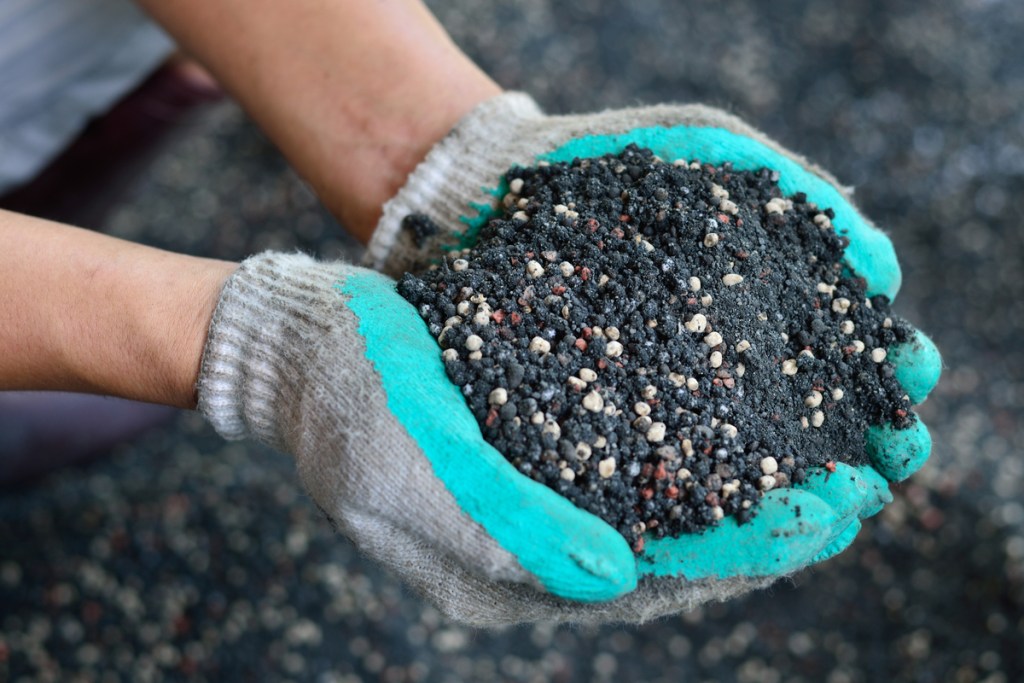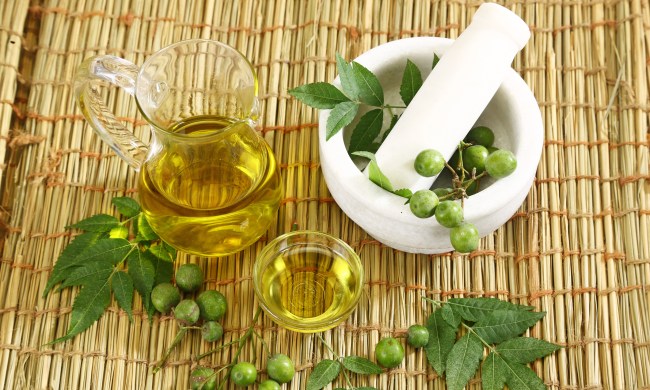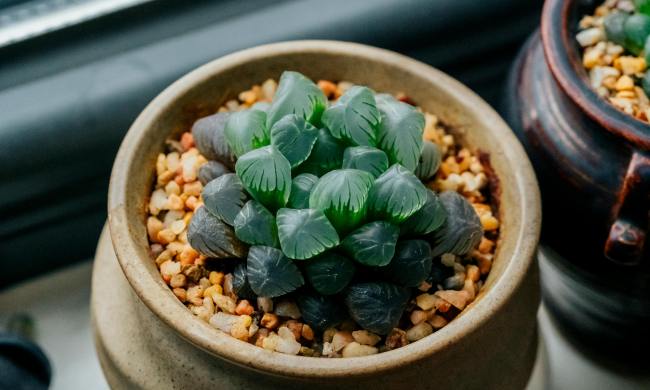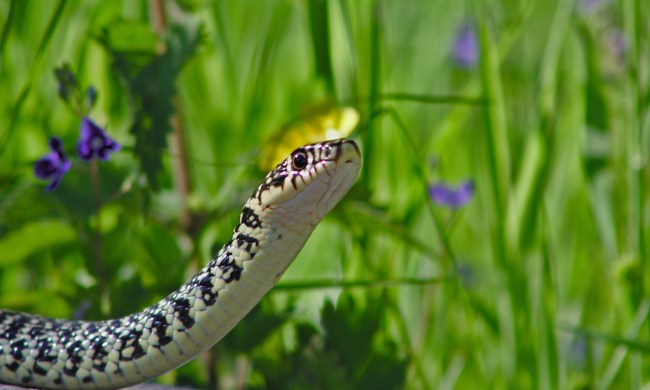There are plenty of ways to garden, but, unless you plan on gardening hydroponically or have air plants, one thing you’ll need for sure is soil. Soil impacts every facet of gardening, from what types of plants you can grow to how quickly the water drains out of it and more. Some plants prefer poor soil, that’s for sure, but the majority of plants enjoy good quality soil. What does that actually mean, though? For all the answers to your questions regarding what good soil is and how to make it or make sure you have it, keep reading!
What makes good soil?
An important place to start is that good soil isn’t right for every plant, and what’s “good” for your plants may not be good quality soil. Good soil is soil that is earthy, somewhat thick, contains organic material, and drains water moderately well. There is a general ratio to work from, but it doesn’t need to be exactly precise. There is some wiggle room, so you don’t need to worry about whether or not your soil fits the exact proportions.
There are a couple ways you can tell if your existing garden soil is good soil or not. The first way is by sight or feel, which is a quick assessment but isn’t always accurate. If your soil is rocky, sandy, or thin, it may be less than good. The more reliable, but slightly slower, method is to test your soil for nutrients. Testing your soil can let you know exactly what quality your soil is and allow you to target your improvement efforts based on what specifically your soil is lacking.

What supplies do you need?
There are only a few things you need to make good soil. First, you need a base soil of some kind. If you have access to the ground, and you don’t have only clay and rocks in your yard or garden, your garden soil will work just fine as a base. If you live somewhere without access to the ground, like an apartment, or are planning on making soil for containers, you can buy soil. Since you’re already going to improve it, you don’t need to worry about getting high quality potting soil, either!
The second thing you need is the material with which you will improve your soil. Typically, this is compost or something compost adjacent. It does need to contain organic material, and compost is the easiest route, as it should be fairly balanced naturally. However, if you don’t have compost on hand, you can use a mix of some organic material, such as shredded leaves, and some balanced fertilizer.
How do you make good soil?
The simple answer is to mix your base soil with the compost, organic matter, and/or fertilizer. That isn’t exactly the most helpful answer, though, so here are a few helpful numbers for you. If you’re scientifically minded, then you can measure out the exact ratio, but otherwise you can just eyeball it.
For traditional, outdoor gardens and landscapes you want to aim for about 30% compost to 70% soil. Spread a layer of an inch or two of compost or organic material-fertilizer blend on top of your garden bed and work it into the soil. You want to spread it through the top six inches of your soil as evenly as possible.
For containers and pots, the ratio is 25% compost or compost-adjacent material to 75% soil. This is easier to measure, especially for containers! Simply fill your container three-fourths of the way full with soil, then top it off with your improving material, and mix thoroughly.

Can you buy good soil?
You can! There is plenty of preprepared and packaged soil that you can get online or in person. When choosing the soil you want, look for any information on the bag or from the manufacturer’s website regarding what the soil contains or any information about the types of plants or environments the soil is optimized for.
Now you’re all set to make some good quality soil for your garden! Whether you’re growing indoors or out, have compost on hand or are shredding leaves into fertilizer, or starting with your own soil or store bought, you really can’t go wrong. Just follow this simple recipe for good soil, and watch your plants thrive.



